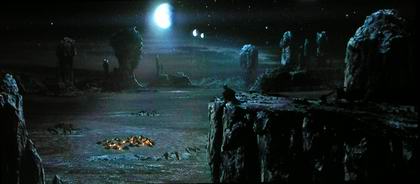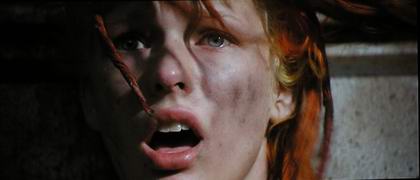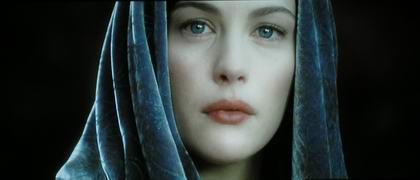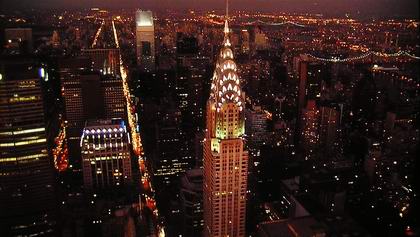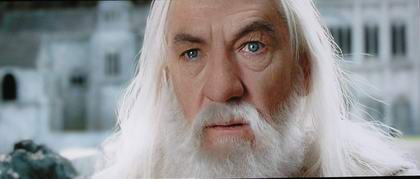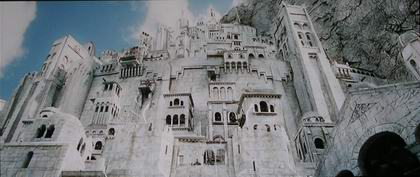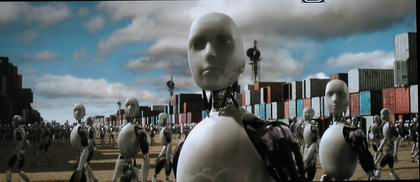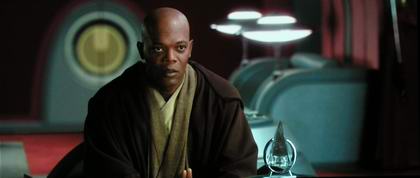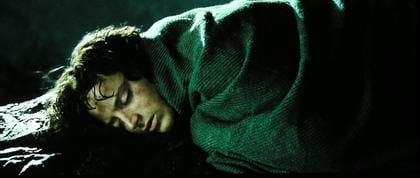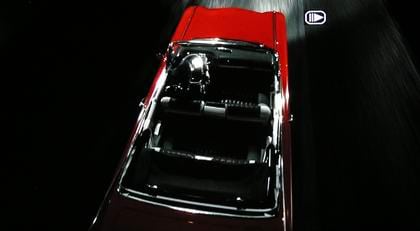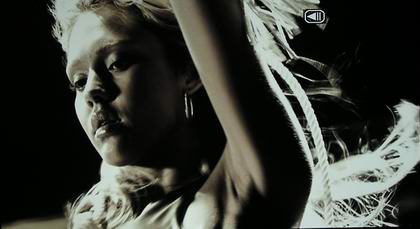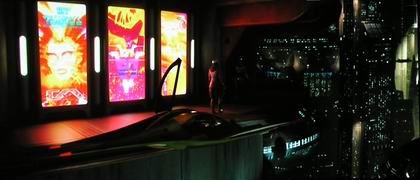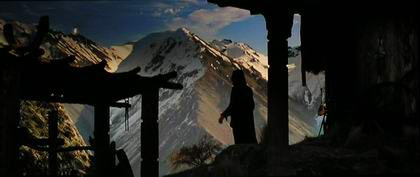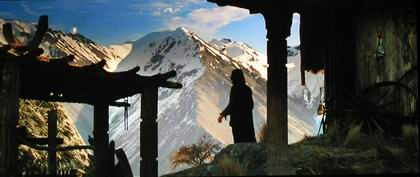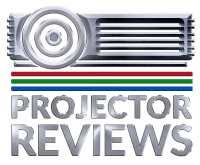IN76 Home Theater Projector: Image Quality
Over recent years, one way InFocus has set itself apart from the competition in the home theater projector market, has been their focus on maximizing "out-of-box" performance. Some of the very best projectors in almost any price range that I have had the opportunity to evaluate, have had to be color calibrated to really perform at their best. Also, I should note, that if you measure a projector in its best mode, you won't get the best specs, like highest brightness. Once you calibrate most projectors (either professionally - figure $300 - $1000+) or do it yourself with a $40 - $50 calibration disk, and an hour or so of your time, you will find with most projectors, that overall performance improves, often dramatically. (Note, you won't get as good a result with that $50 disk, as having a pro do it, but it should get you much of the way to "best" performance.).
The InFocus Play Big IN76, for example is rated at 1000 lumens, a bit lower than most of the competition, yet when we measured it, it was one of the brightest projectors in class.
Perhaps even more important, though, I have come to expect really excellent color accuracy out of the box, good enough that you shouldn't need that disk, just plug in, and enjoy.
In the case of the IN76, I was actually surprised that the out of box color performance was not virtually to "dead on". It was still closer than any other projector I have reviewed in the last year, but off just a little. In measuring the color balance, and looking for a perfect 6500K, I found the InFocus to be a little low (leaning slightly toward red). It was a very straight forward calibration to correct the error, but more to the point, overall, the colors were extremely well balanced and flesh tones were very good, even with no calibration. This differs dramatically from some others, most notably the Optoma HD72, one of my very favorite projectors. The HD72 is not a projector that is ready to fully enjoy "out of box". It sorely needs a basic calibration to get rid of the noticeable greenish caste that can make flesh tones visibly uninviting.
With the InFocus IN76, instead, the vast majority of users will be extremely pleased with what they project, without touching a thing, and I see that as a strong selling point. Despite my constant advice in reviews to encourage people to buy calibration disks, and invest a little time, it becomes apparent that very few buyers do spring for a disk, and even less for a pro calibration.
So lets get serious about the strengths and weaknesses of the IN76 image quality. These first images concentration flesh tones, and the IN76 does just great! Here are a number of images designed to show of the IN76's ability to accurately capture flesh tones: And of course, my favorite image found on almost all reviews, Arwen from Lord of the Rings: We've already congratuated InFocus on good color accuracy, but I want to point out, that after first looking at the IN76, as noted, I was surprised it was off as much as it was. I took the opportunity to touch base with a couple of other reviewers. And not surprisingly, the consensus was that their units were virtually dead on, more accurate than the unit I had. After much reflection I am lead to believe that my unit may have a lamp that is off a bit in its color (lamps do vary from unit to unit, but some more than others), or there might even be a problem with the IN76 itself. So, despite very acceptable out of box color (better than the competition), this unit I tested may not be a good as most buyers can expect. I have already contacted InFocus for a 2nd review unit, so I could see if it performs even better. I'm hoping that will happen sometime in May, and I will update this review with the results. Another aspect is contrast ratio, and more to the point, the ability to generate "blacks". For years, the contrast ratio has been the indicator of how close to black a fixed pixel device like a DLP or LCD projector, LCDTV or Plasma display, could get. Today, however the contrast ratio is only an indicator, as some manufacturers (mostly LCD home theater projector builders) use "AI" (artificial intelligence - in a primitive sense), to improve black performance and increase contrast. There is a fudge factor there, with AI, however. In some scenes it may make a significant difference, in others, none at all.
So from a viewing perspective, the IN76 which claims 3000:1 contrast ratio, seems to be one of the best performing Darkchip2 projectors when it comes to achieving excellent black levels. From a comparison standpoint, on the type of scenes where AI does little or no good, I found the InFocus IN76 projector to perform as well as the Optoma HD72, which claims 3500:1 contrast (and 5000:1 with AI engaged). Below are two images of the same frame from Lord of the Rings. The first is exposed normally, and the second is badly overexposed. (I've used this pair of images in other reviews). The idea is to show how well the projector handles shadow details. By overexposing the 2nd image, you can look into the dark areas on the right and lower right and see what detail is really there, up on the screen. My digital camera cannot match the dynamic range of the projector, so if bright areas are exposed normally, shadow detail is lost. Here you can see in the second image that there is excellent details in those dark shadow areas.
Black levels were very acceptable (although definitely not up to the more expensive DLP projectors using the Darkchip3). As an added bonus, those very dark grays that represent blacks are neutral in color, whereas many projectors tend to shift the blacks off center, and you might note that they are slightly redish, or brownish, or bluish, etc. (I may have just invented 3 words -sorry). So, it's blacks are neutral, comparable or better than other Darkchip2 projectors and visibly better than any of the LCD projectors in the price range, with the possible exception of the Sony HS51A.


